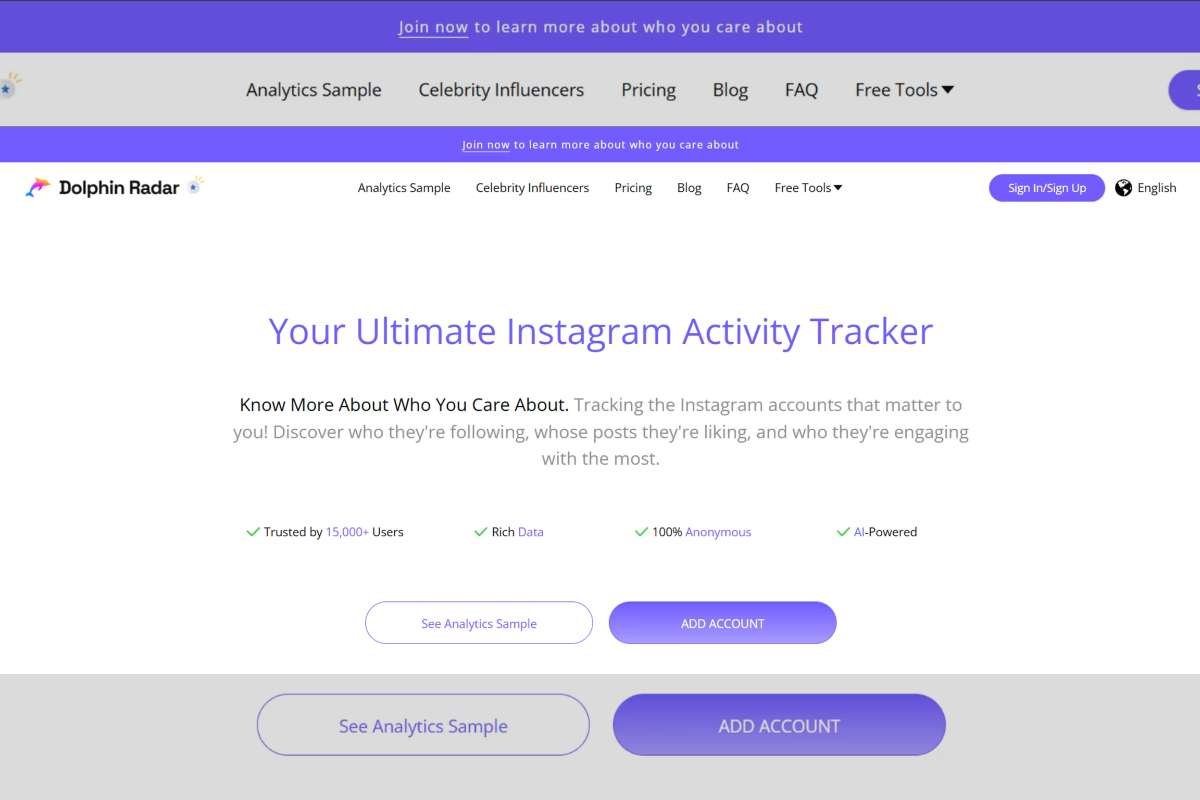In digital advertising, staying ahead of the curve is key to success. One technology that has revolutionized the way advertisers reach their target audience is the Demand Side Platform (DSP). This comprehensive guide will explore a DSP platform, how it works, and why it’s becoming an indispensable tool for modern marketers.
What is a DSP Platform?
A DSP, or Demand Side Platform, is a software system that allows advertisers to buy ad inventory from multiple ad exchanges through a single interface. But what exactly does this mean, and why is it important?
Definition and Purpose
At its core, a DSP platform is a tool that automates buying digital ad space. It uses complex algorithms to analyze and bid on ad impressions in real-time, allowing advertisers to reach their target audience more efficiently and cost-effectively.
Key Features of DSP Platforms
- Real-time bidding capabilities
- Advanced targeting options
- Campaign management tools
- Performance analytics and reporting
- Integration with multiple ad exchanges and supply-side platforms (SSPs)
How Does a DSP Platform Work?
Understanding the mechanics behind the Demand Side Platform can help marketers leverage these tools more effectively.
The Bidding Process
- An internet user visits a website.
- The website’s ad server sends a bid request to multiple ad exchanges.
- The ad exchanges forward this request to DSPs.
- DSPs analyze the user data and determine if the impression matches their advertisers’ criteria.
- If there’s a match, the DSP places a bid.
- The highest bid wins, and the ad is displayed to the user.
This entire process happens in milliseconds, allowing for real-time ad placement based on user data and advertiser preferences.
Data Utilization
DSP platforms rely heavily on data to make informed bidding decisions. This data can come from various sources:
- First-party data: Information collected directly from the advertiser’s audience
- Second-party data: Data shared between partners
- Third-party data: Information purchased from external data providers
DSPs can create detailed user profiles and target ads more effectively by analyzing this data.
Types of DSP Platforms

Not all DSP platforms are created equal. There are several types, each catering to different needs and budgets.
Self-Serve DSPs
These platforms allow advertisers to manage their own campaigns directly. They offer more control but require more expertise to use effectively.
Full-Service DSPs
With full-service DSPs, the platform provider manages campaigns on behalf of the advertiser. This option is ideal for those needing more time or expertise to manage campaigns.
Independent DSPs
These are standalone platforms that work with multiple ad exchanges and SSPs.
Specialized DSPs
Some DSPs focus on specific types of inventory, such as mobile ads or video ads.
Benefits of Using a Demand Side Platform
DSP platforms offer numerous advantages for advertisers looking to optimize their digital marketing efforts.
Efficiency and Scale
DSPs allow advertisers to access multiple ad exchanges through a single platform, greatly increasing efficiency and reach.
Advanced Targeting
With access to vast amounts of data, DSPs can target ads with remarkable precision, ensuring they reach the right audience at the right time.
Real-Time Optimization
DSP platforms can adjust bids and targeting in real-time based on campaign performance, maximizing ROI.
Transparency
Many DSPs offer detailed reporting, giving advertisers clear insights into where their ads are being placed and how they’re performing.
Cost-Effectiveness
By automating the buying process and optimizing in real-time, DSPs can help reduce overall advertising costs.
Key Features to Look for in a Demand Side Platform
When evaluating DSP programmatic platforms, consider the following features:
1. Inventory Quality and Reach
Look for platforms with access to high-quality ad inventory across a wide range of publishers and ad exchanges.
2. Targeting Capabilities
Advanced targeting options, including demographic, behavioral, and contextual targeting, are essential for campaign success.
3. Reporting and Analytics
Comprehensive reporting tools help you understand campaign performance and make data-driven decisions.
4. Integration Capabilities
The ability to integrate with other marketing tools and data sources can enhance the effectiveness of your campaigns.
5. User Interface and Ease of Use
A user-friendly interface can save time and reduce the learning curve for your team.
6. Fraud Prevention Measures
Look for platforms with robust fraud detection and prevention mechanisms to protect your ad spend.
7. Support and Training

Good customer support and training resources can be invaluable, especially when you’re just starting with a new platform.
Challenges of Using DSP Platforms
While Demand Side Platforms offer many benefits, they also come with their own set of challenges.
1. Data Privacy Concerns
With increasing regulations around data privacy, DSPs must ensure compliance with laws like GDPR and CCPA.
2. Ad Fraud
Sophisticated bots and fake websites can lead to wasted ad spend if not properly addressed.
3. Brand Safety
Ensuring ads don’t appear alongside inappropriate content is an ongoing challenge for DSPs.
4. Complexity
The technical nature of DSPs can be overwhelming for those new to programmatic advertising.
5. Cost
While DSPs can be cost-effective in the long run, the initial investment and ongoing fees can be significant.
DSP vs. Other Advertising Platforms
To fully understand the value of DSP platforms, it’s helpful to compare them to other advertising options.
DSP vs. Google Ads
While Google Ads is a powerful tool, DSPs offer access to a broader range of inventory beyond just Google’s network.
DSP vs. Social Media Advertising
Social media platforms provide excellent targeting options but are limited to their own ecosystems. DSPs allow you to reach users across multiple platforms and websites.
DSP vs. Traditional Ad Buying
Traditional methods involve direct negotiations with publishers, which can be time-consuming and less efficient than the automated processes of DSPs.
How to Choose the Right DSP Platform?
Selecting the right DSP platform for your needs involves careful consideration of several factors.
1. Assess Your Needs
Consider your budget, campaign goals, and the level of control you want over your campaigns.
2. Evaluate Features
Compare the features of different platforms against your list of requirements.
3. Check Integrations
Ensure the DSP can integrate with your existing marketing tools and data sources.
4. Consider Costs
Look at not just the upfront costs, but also ongoing fees and minimum spend requirements.
5. Read Reviews and Case Studies
Learn from the experiences of other advertisers who have used the platforms you’re considering.
6. Request Demos
Most DSPs offer demos or trial periods. Take advantage of these to get hands-on experience with the platform.
Best Practices for Using DSP Platforms
To get the most out of your Demand Side Platform, consider these best practices:
1. Start with Clear Goals

Define what you want to achieve with your programmatic campaigns before you start.
2. Use Data Wisely
Leverage first-party data when possible and be selective about the third-party data you use.
3. Test and Optimize
Continuously test different targeting strategies, creatives, and bidding approaches to improve performance.
4. Monitor Brand Safety
Use brand safety tools and regularly check where your ads are appearing.
5. Focus on Viewability
Target ad placements with high viewability to ensure your ads are actually seen by users.
6. Implement Frequency Capping
Avoid ad fatigue by limiting the number of times a user sees your ad.
7. Stay Informed
Keep up with industry trends and platform updates to make the most of new features and best practices.
The Future of DSP Platforms
As technology continues to advance, DSP platforms are likely to evolve in several ways:
1. Increased Use of AI and Machine Learning
These technologies will play a bigger role in optimizing bids and targeting.
2. Greater Focus on Cross-Device Targeting
As users switch between multiple devices, DSPs will need to provide seamless cross-device targeting capabilities.
3. Expansion into New Channels
DSPs are likely to expand into emerging channels like connected TV and digital out-of-home advertising.
4. Enhanced Privacy Measures
With growing concerns about data privacy, DSPs will need to develop new ways to target effectively while respecting user privacy.
5. Improved Transparency
Blockchain technology and other innovations may be used to increase transparency in the programmatic ecosystem.
Conclusion
Demand Side Platforms have transformed digital advertising, offering marketers unprecedented control, efficiency, and targeting capabilities. Marketers can make informed decisions about incorporating these powerful tools into their advertising strategies by understanding what a DSP platform is, how it works, and its key features.
While DSPs have their own set of challenges, the benefits they offer in terms of reach, targeting, and optimization make them invaluable assets for modern marketers. As technology continues to evolve, staying informed about the latest developments in DSP platforms will be key to maintaining a competitive edge in the digital advertising space.


















